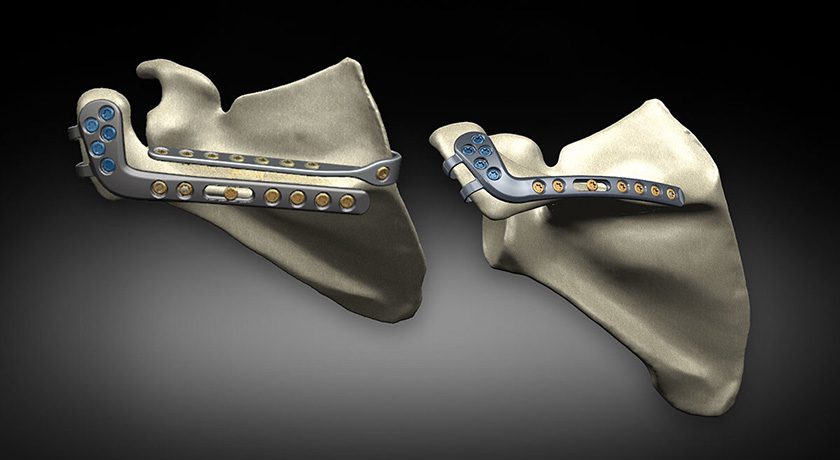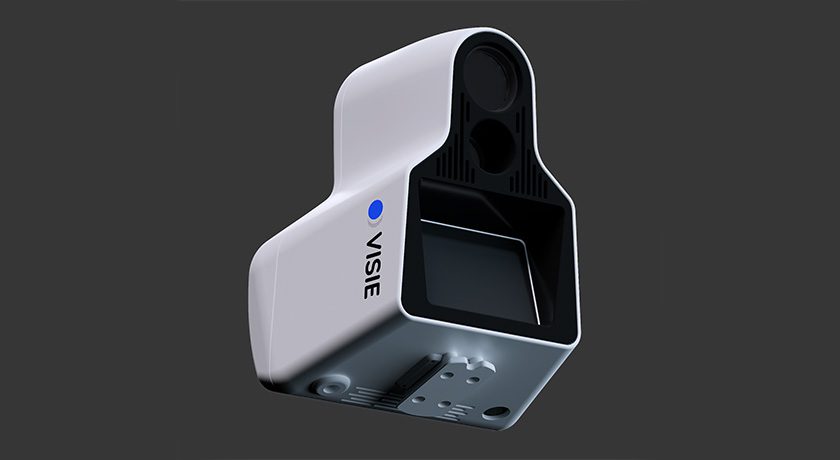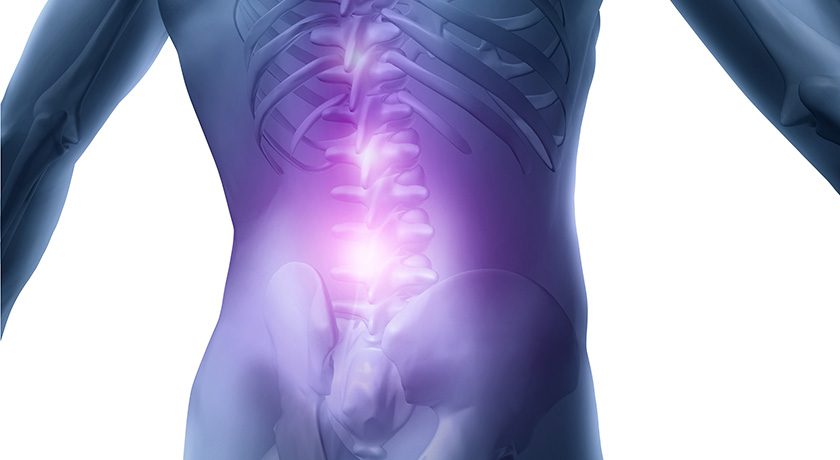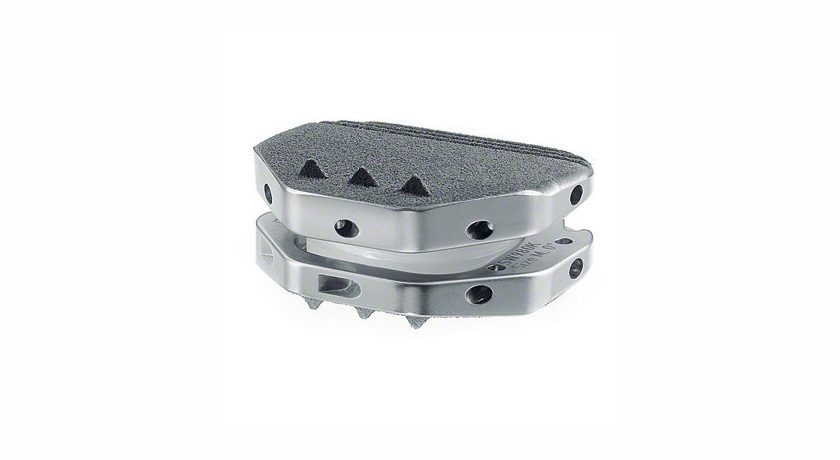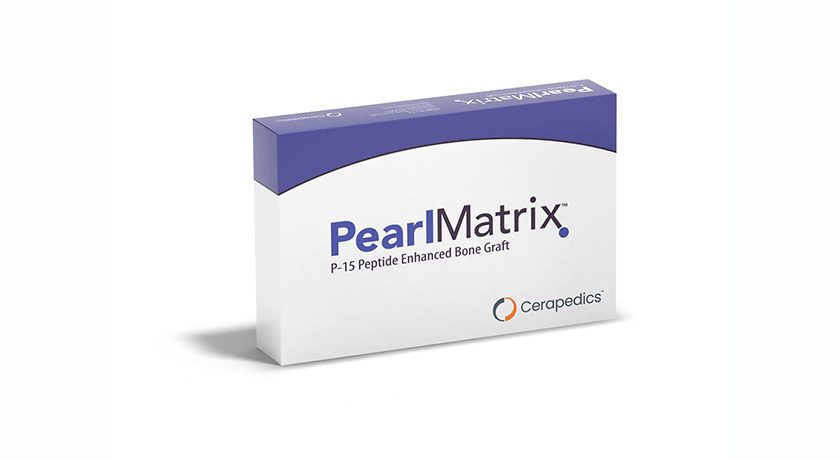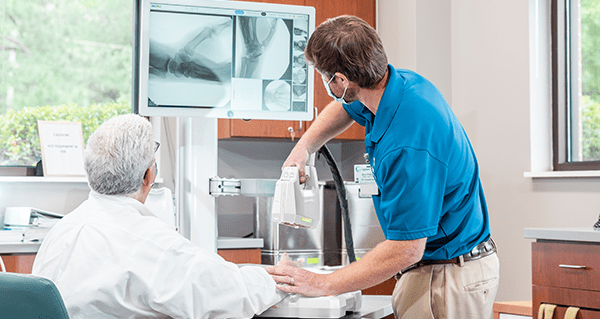

 Copy to clipboard
Copy to clipboard 
OXOS Medical was awarded a U.S. patent that details advanced collimator mechanisms pertaining to x-ray imaging. These mechanisms are intended to eliminate the need to reposition the x-ray emitter and detector for handheld and portable systems.
The company’s handheld Micro C Dynamic Digital Radiographic X-ray System offers an alternative to conventional x-ray. Micro C is FDA-cleared for radiographic imaging of distal extremities in adults and children.
The OXOS rolling collimator is designed to autonomously optimize the emission field size based on the emitter’s positioning in three-dimensional space. The self-adjusting component of the collimator reorients the emission field by leveraging the sensor array system and associated OXOS position tracking system.
The coupling of these systems contributes to maintaining the ALARA (As Low As Reasonably Achievable) principle when assessing potential radiation exposure for the patient and user.
Source: OXOS Medical
OXOS Medical was awarded a U.S. patent that details advanced collimator mechanisms pertaining to x-ray imaging. These mechanisms are intended to eliminate the need to reposition the x-ray emitter and detector for handheld and portable systems.
The company's handheld Micro C Dynamic Digital Radiographic X-ray System offers an alternative to...
OXOS Medical was awarded a U.S. patent that details advanced collimator mechanisms pertaining to x-ray imaging. These mechanisms are intended to eliminate the need to reposition the x-ray emitter and detector for handheld and portable systems.
The company’s handheld Micro C Dynamic Digital Radiographic X-ray System offers an alternative to conventional x-ray. Micro C is FDA-cleared for radiographic imaging of distal extremities in adults and children.
The OXOS rolling collimator is designed to autonomously optimize the emission field size based on the emitter’s positioning in three-dimensional space. The self-adjusting component of the collimator reorients the emission field by leveraging the sensor array system and associated OXOS position tracking system.
The coupling of these systems contributes to maintaining the ALARA (As Low As Reasonably Achievable) principle when assessing potential radiation exposure for the patient and user.
Source: OXOS Medical

You are out of free articles for this month
Subscribe as a Guest for $0 and unlock a total of 5 articles per month.
You are out of five articles for this month
Subscribe as an Executive Member for access to unlimited articles, THE ORTHOPAEDIC INDUSTRY ANNUAL REPORT and more.
JV
Julie Vetalice is ORTHOWORLD's Editorial Assistant. She has covered the orthopedic industry for over 20 years, having joined the company in 1999.


